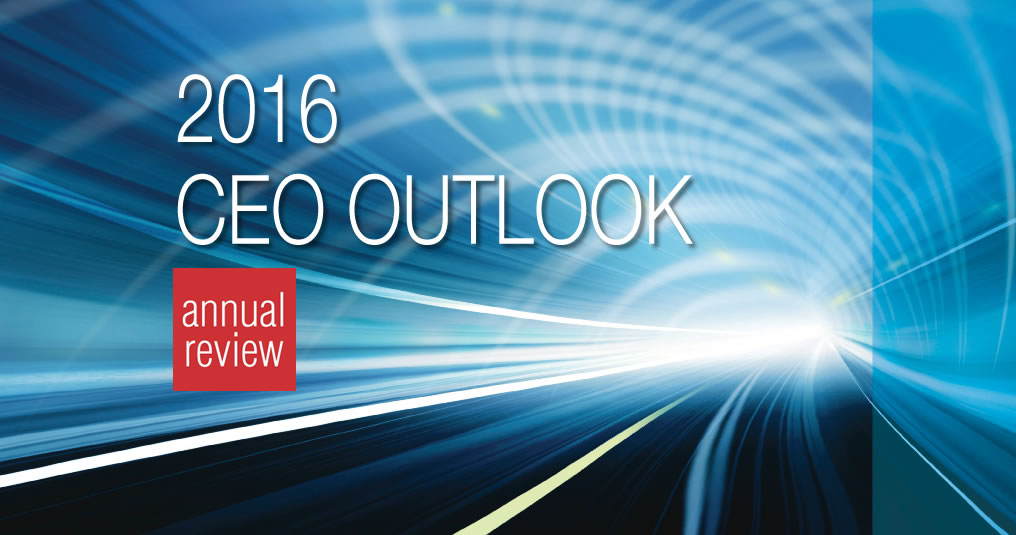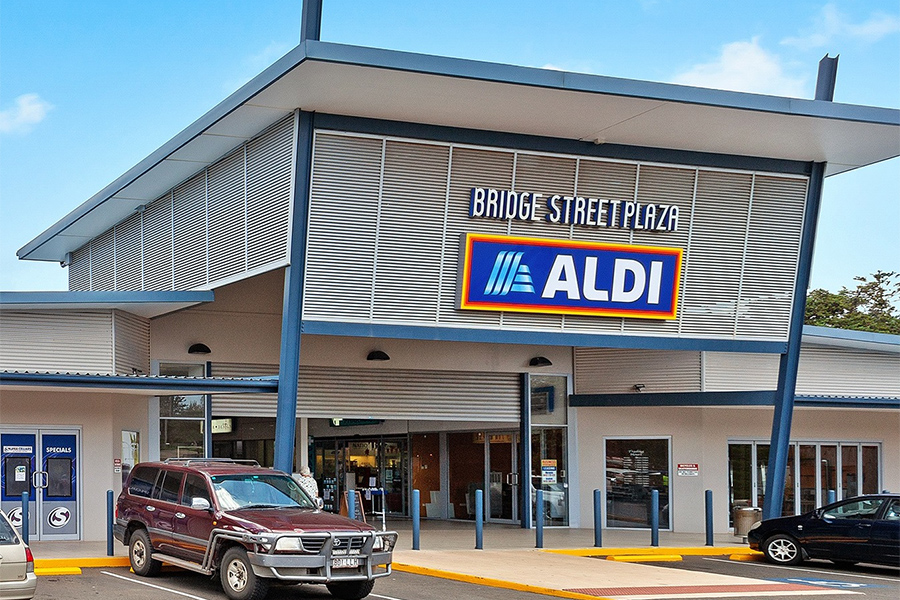See Peter Allen speaking at the Big Guns lunch – video below
The establishment of Scentre Group provided the executive leadership team the opportunity to review our strategic direction and recalibrate our business objectives. We identified a clear purpose for our business: creating extraordinary places connecting and enriching communities by owning, managing and developing the highest-quality regional shopping centres in Australia and New Zealand. Some 18 months on, as we release our first full-year financial results, the meaning of this purpose has become clearer than ever when we consider Scentre Group’s opportunities for future growth in a retail marketplace that is spoiled for choice.
Our business has grown since its establishment in mid-2014, and throughout 2015 all the key indicators of the business have continued to expand, giving us a financial result we can be proud of. Specialty retail sales were up across nearly all categories, shopping centre earnings increased enhanced by our new SmartScreen network delivered beyond forecast, and the $865 million of projects completed contributed to a substantial increase in the valuation of our portfolio.
The question is: how can that growth continue, and what are the drivers? Every one of the metrics above is underpinned by our capacity to get the product right. Future growth for Scentre Group – and in fact our entire industry – can only come from delivering an offer compelling to retailers and shoppers for them to engage with.
Getting the product right might sound simple – creating extraordinary places – but it encapsulates so many things that can go wrong. Scentre Group’s job, as owner and operator of the pre-eminent shopping centre portfolio in Australia and New Zealand, is to get those things right in order for our business to continue to grow. It includes having assets in the right location; getting the design of our centres right; having the right retailers for a given trade area; giving those retailers the right trading environment – whether that’s making sure they’re in the right location in the mall, or creating a space for them that allows them to be showcased in the best possible light; making the experience as seamless as possible for shoppers – whether that’s with technology or without; and the list goes on. All these things go towards making our product right for our customers: both the retailers and the shoppers.
Our most recent redevelopments reflect this thinking, and will inform the choices we make at our upcoming projects at Westfield Chermside, Warringah and North Lakes and, later, at Coomera on the Gold Coast and Newmarket in Auckland.
Lifestyle considerations – entertainment and leisure – are more and more a part of what makes a place appealing to its local community. These go hand in hand with technology – not in opposition. Shoppers today want it all: the great experience and the ability to interact with our centres and retailers via technology, whether it’s before they set foot in our malls or while they’re there. Our ongoing attention to our online capabilities as well as our current and future in-centre infrastructure, including Wi-Fi and ticketless parking, play an important role in reducing the friction between our shoppers and retailers.
Each of our projects that opened during 2015 hinged on high-quality leisure precincts that were tailored to their local community, and in each case have facilitated extending our trading hours and getting prolonged use from our existing infrastructure such as parking and Wi-Fi.
At Kotara, we opened a rooftop dining and entertainment precinct set in an open-air landscaped garden, surrounded by nine restaurants and food outlets and adjoining a brand new Event Cinemas complex. We believe this area has transformed the family entertainment options in Newcastle and genuinely created a new destination for the local community. At North Lakes, we did something similar with an outdoor dining precinct, and again at Hurstville, in its first major redevelopment in many years. Chatswood – in a CBD setting and a different demographic – has come to life with its new Asian ‘hawker’ market that replicates an Asian street food environment with open kitchens and late-night trading hours.
Fresh food is another category that has an increasingly important role across our portfolio, and it’s not only about the products available but the experience they provide. Fresh food markets that reflect the community context are what shoppers want to see, and how retailers increasingly want to present themselves. We set ourselves a high benchmark with our recent redevelopment at Miranda, and will look to deliver something equally high-quality to the trade area at Marion when the fresh food market opens there later this year.
Other categories that are playing a growing role in our centres include service options such as wellness, beauty and health. This trend reflects a desire from shoppers for experiences, and indeed these are things that cannot be provided online.
Fashion – luxury, high-street and everything in between – and general retail, obviously, remain a core part of what our centres will offer, and fine-tuning our retail mix is ongoing. The arrival of more international retailers will continue to provide shoppers with greater choice, as well as domestic retailers with greater incentive to boost their own offer.
Every redevelopment provides an opportunity for widespread changes, and we have plenty of opportunities with our future redevelopment pipeline which exceeds $3 billion, but the intensive management of our day-to-day business operations will allow for remixing and relocating to get things just right for a given trade area.
We believe the consumer in 2016 has the capacity to continue spending if they’re offered the right product – not just by the retailers but by us, the shopping centre owners and operators.
We will sustain our business growth through integrating food, fashion, leisure and entertainment experiences in each of our centres to curate a retail environment that connects shoppers with the retailers and goods and services that will resonate with the local community.
Our centres of the future will be more than just places to shop. They will be places where communities want to meet, gather, dine and pass leisure time together. And shop.
Looking internally, an area that has continued focus not only for our business in 2016, but in our industry and the broader community at large, is diversity and inclusion. Last year we introduced flexible workplace policies that allow our staff to have a better work-life balance, and for us to attract and retain the best talent in the marketplace. Those policies are just one part of our commitment to diversity and inclusion and, this year, we’re launching a plan that will help us create a workplace that genuinely reflects the communities in which we operate.
This commitment is underpinned by an internal framework that includes a Diversity and Inclusion Council, a formal Diversity Policy that recognises and values the contribution of people from different backgrounds with different perspectives, and a comprehensive Diversity Strategy. I have personally endorsed this through the business and, like many peers in our industry, will continue to work with the Property Council as a Male Champion of Change.
Just some of the initiatives include gender equity targets, particularly at more senior levels of the business; cultural awareness; support strategies for living with mental health issues and members of the LGBTI (lesbian, gay, bisexual, transgender and intersex) community, and a soon-to-be launched reconciliation action plan.
A detailed awareness and education program will support our people managers in embedding the philosophy and practices of diversity and inclusion throughout our business, as will the measurement tools that allow us to assess our performance down the track.
Security for physical and cyber threats remain high on the agenda for our industry. Ongoing close collaboration with the authorities at all levels, as well as our own continued vigilance with internal procedures and our infrastructure, will contribute to the all-important confidence our retail partners and shoppers need in order to continue engaging with our business.
One other concern in 2016 is the potential for value-capture mechanisms or other so-called ‘innovative’ infrastructure funding models that are looming on the horizon for the shopping centre industry. Such proposed taxes, which are justified by purported land value increases resulting from infrastructure projects, pose a genuine threat to our industry and represent unwelcome further opportunity for the tax burden on shopping centres and their retailers to increase.
The current environment, however, largely gives us cause for confidence at Scentre Group. While the prospect of an election is always grounds for a degree of uncertainty, Australian consumers are buoyed by our levels of employment and real wage growth, and they’re continuing to demonstrate their propensity to spend. Our falling dollar has led to less outbound tourism and greater inbound tourism, including the Chinese market which has played an increasingly relevant role in certain trade areas, including the likes of Westfield Sydney.
Through all that 2016 will bring, our efforts at Scentre Group will be focused on bringing our shoppers and retail partners together in places that are as extraordinary as we can make them, in order to achieve more meaning and productive connection for everyone.




















